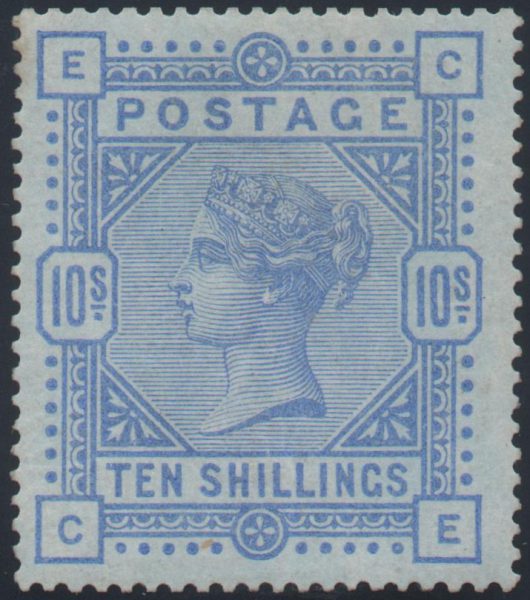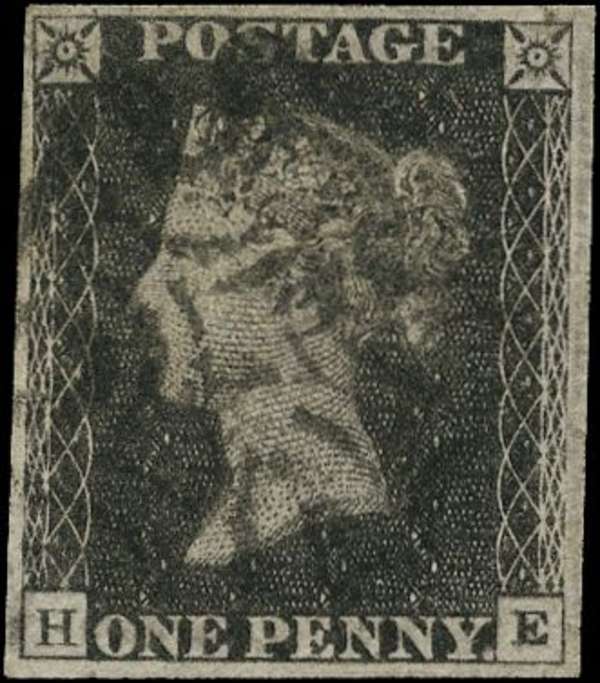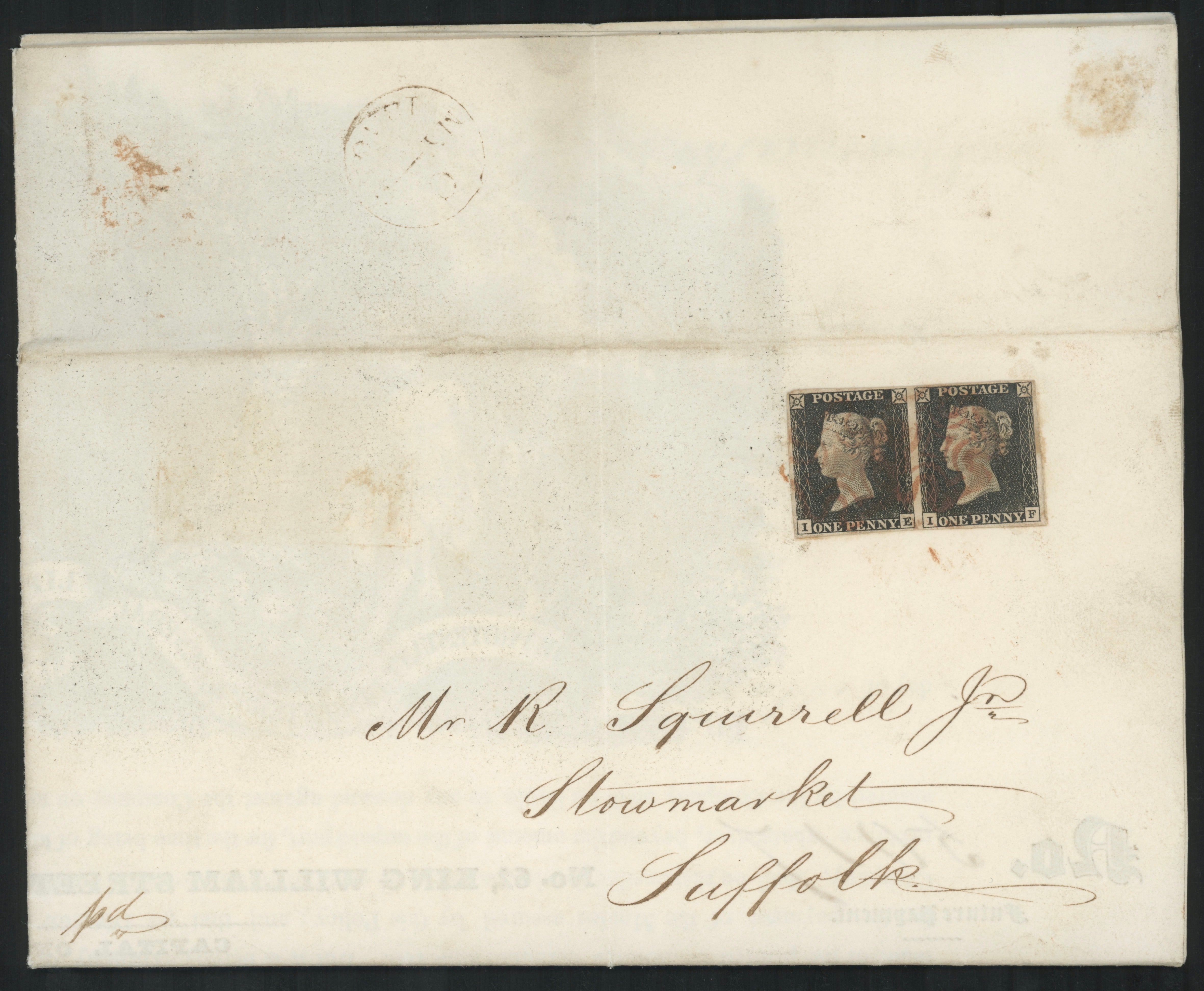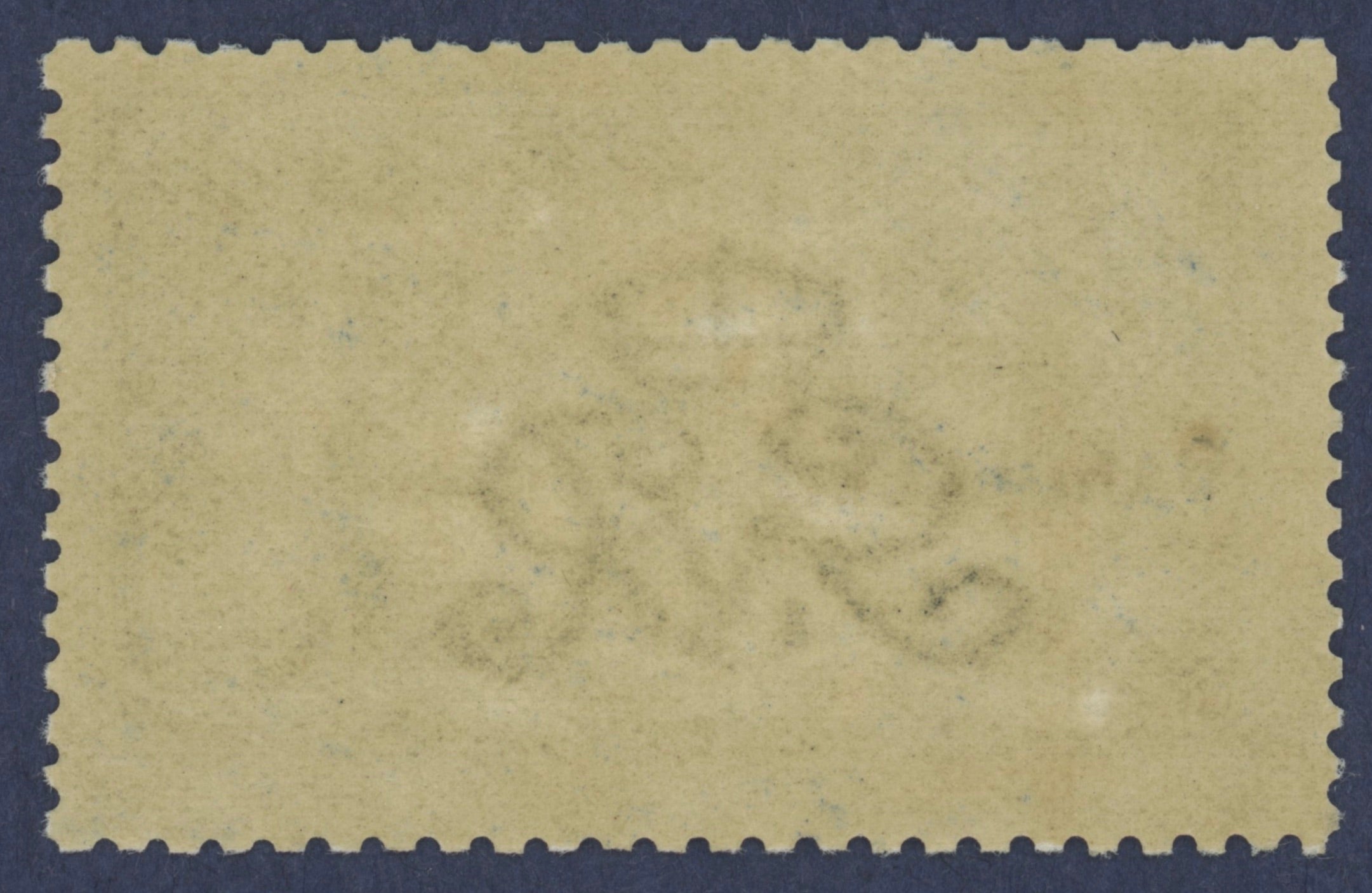Why are stamps valuable?
Stamp collectors who have an eye to value need to learn why stamps are worth what they are worth.
It should be remembered that any market for non-essentials - and nothing is less essential than a collectible stamp - is very much at the risk of buyer sentiment.
Valuation is already a difficult task, and even the best forecasters can be defeated by the vagaries of auction sales.

Sale at auction is common in stamp collecting and makes valuation even harder.
So, you won’t find a scientific equation to account for every whim here.
But these principles should help you design a good stamp buying strategy with value in mind.
And to find out if your stamp is valuable.
Here are the main reasons why stamps are valuable and what you should be looking for in your purchases.
1 - rarity
Rarity is the chief determinant of value in all collectibles markets.
It’s not the only factor, but if an item can easily be bought then it will not have very much value.
Demand must exceed supply.
Which means it’s not enough for a stamp to simply be scarce. It must be scarce and wanted.
Something can be rare and of little value.
But it’s almost never the case that something that isn’t rare is of high value.
The question for buyers is “why are stamps rare”?
There are many answers to that question, and they include:
High face value:
Stamps are mass consumer products. Their revolutionary, democratising impact on communication only happened because they are cheap.
The 10 shillings needed to buy this stamp would have taken days for many people to earn in 1884. That high price contributes to the rarity of this stamp.
High-value stamps are almost always much rarer than low-value ones. Some are used for postage. Others act as receipts for other revenue, customs or tax payments and may be specially printed or overprinted to mark this use. This may make them even rarer.
Small issue:
Not many stamps are issued in small enough numbers that they’re actually scarce from the off.
It does happen though. Some of the most famously rare stamps come from tiny territories with very small populations.
The British Guiana 1c Magenta, for example, which is made rarer because it was an emergency issue to bridge a failure of regular production.
Early stamps from Mauritius are in this category and are also very valuable. The first stamps for the island were printed locally (the first in the Empire to be produced outside the UK) and almost all used to send invitations to a ball the governor was holding.
Small time window:
To small territories we can add stamps that are only produced for a short period of time or are quickly withdrawn.
The usual proviso applies. Any national stamp issue in almost any nation will produce enormous numbers of stamps.
Withdrawals do happen. Though they are rare.
For example, the King Edward VII 2d in Tyranian Plum was not issued when the king died and is extremely rare.
Stamp collectors often focus on a particular plate used during a print run because it was used for a short period of time.
The rarity of this Penny Black comes from the particular plate it was printed from.
The best example is probably the Penny Black plate 11. Penny Blacks were withdrawn fairly quickly. Before the replacement Penny Red could be finalised a relatively small number of Penny Blacks were printed with the eleventh plate used for blacks, in fact designed to be the first Penny Red plate.
Special issue or overprint:
Stamp production is a process obsessed with standardisation.
Difference is a difficulty when you’re trying to produce millions or billions of identical items.
Rather than produce lots of different issues for different uses stamps are churned out in a standard issue with overprints dedicating some of their number to specialised purposes.
The GB Overprints Society reckons (though even they aren’t exactly sure) that there are 1,237 GB overprinted stamps.
Among the rarest are some “IR Official” stamps, which were overprinted for use by the Inland Revenue.
The British Empire’s myriad territories (and military adventures) meant overprinting for geographic reasons too, and some of these can be rare.
For example, UK forces occupied the colonies of defeated Axis powers at the end of WWII and overprinted stamps to serve there.
The overprinted text here helped British troops administer siezed fascist territory.
In Persia, a short-lived occupation of the city of Bushire resulted in local stamps bearing a rare overprint for use by British forces there.
Values may be overprinted too. As Weimar Germany’s inflation ran out of control in the 1920s stamps were overprinted with enormous figures including the famous 2 million marks overprint.
Errors:
Stamp collectors love errors.
Because stamp producers hate them and do everything they can to keep them hidden from the public view.
Most stamp errors are rare from inception because they are quickly spotted and impounded before destruction.
They may be rarer and more precious if they have been cancelled for use.
Errors are usually more attractive to buyers if the error is visible and attractive or notable.
The most famous and obvious example is the Inverted Jenny, where two-part printing includes a frame that shows an upside down aeroplane very clearly.
Missing colours can sometimes produce nicely visible results, like the 1969 British cathedrals issue with no face value on the stamp because black was ommitted.
The fact that this error is highly visible - where's the price? - makes it more attractive to buyers.
These are perhaps the most famous rarities in stamp collecting history.
Only one sheet made it into circulation and almost all are accounted for.
Pierron's Modern Great Britain & Commonwealth Missing Colour Errors is the bible of such errors.
How do they get into the stamp collecting market? Some are accidentally released. Others will be kept by printers or their staff and sold later.
Many errors are hard to spot: inversions are most often identified by upside-down watermarks.
Much of the value if this block is because it is a block. Stamps are most often used singly. Any group will add value, and the bigger the group the better.
Furthermore, groups around margins or corners are likely to be even more valuable.
Use date and cancellation:
Used stamps introduce a whole new area of potential rarity.
This is most often found in the cancellation marks, which is what stamp collectors call “post marks” stamped on to a stamp to show that it has been used.
Cancellations can be rare in the same way stamps are rare.
For example, the Ascension Islands are a very small territory, and cancellations from that territory are desirable.
Cancellations may also make stamps historically significant.
Penny Blacks aren’t particularly rare.
The date on this cancellation makes it extremely desirable.
Cancellations that tie their use to the very early days of the very first stamp can add significantly to their value.
Artificially induced rarity:
Stamp collecting is as old as stamp production.
And post offices like to sell stamps.
So they take account (and have for a very long time) of what collectors like.
The relatively modern market in first day covers is a great example.
Bhutan, the tiny Himalayan republic, went all in on producing very collectible stamps as a means of generating revenue.
Stamps that are issued in limited numbers in this way rarely become the most valuable.
Collector's issues are collected and preserved. It's accidental survivals that attain real rarity.
2 - Desirability
Stamps must be wanted to be valuable.
Rarity alone may not be enough.
Here we’re in very subjective territory, but:
Design and aesthetic appeal may add more value to a rare stamp.
Collectors often specialise in particular styles of design or pick a subject they like.
Stamp design is a truly fascinating study - it tells us so much about a nation and its official culture.
Attractive or collectible designs are a big plus.
For example, the GB Seahorses stamps are a famously pretty design and highly collectible in part for this reason.
There are many reasons to love this beautiful stamp, including the lovely penguin.
Subjects like birds - the Penguin from the Falklands - are favourites in thematic collections and may add to the attraction and value of a stamp.
3 - Philatelic distinction
Specialist collectors love what they collect.
In. Great. Detail.
So stamp value may be impacted by highly technical details.
Or more obvious philatelic distinctions.
Watermarks for example. Paper types. Type of printing. All of these may distinguish a stamp and add to its value.
More obvious are philatelic landmarks like first national issues, the first stamps of a reign, the first to feature a national emblem or langage, the first with a new portrait of a monarch.
For example, the first Irish stamps issued after independence have great resonance with the people of Ireland and are consequently collectible.
5 - Condition
Finally, we arrive at what might be the second strongest factor influencing value in stamps.
Condition.
This is a complex area that we’ll cover in more detail elsewhere.
Stamps are graded against set standards that are largely similar (though there are different proprietary systems).
These should include:
Condition - the stamp will be given an overall rating. This may be numerical - there are commercial graders, for example, who grade from 10 to 100 - or broader and linguistic, for example: poor, average, fine, very fine, extra fine, superb.
This condition rating will be a composite of factors such as:
Centering: stamps are printed in multiples on sheets. Paper slips. Before perforations were introduced from the late 1840s stamps were usually cut from sheets with scissors. A well centred stamp will have even margins on all sides.
Margins: Margins may also be rated for their uniformity and size. Sometimes large margins contain extra information from the edge of a sheet - instructions for postal staff printed below stamps for example, plate numbers or other printer’s marks.
Perforations: perforations were a great breakthrough, and they’ve not been bettered since Henry Archer patented his perforating machine in 1847. Their condition will also be considered. Are they even and well spaced? Are there the correct number of surviving "teeth"? These are extraordinarily delicate and small constructions but they can still survive for centuries.
Gum: Many a serious stamp collector will almost immediately turn their subject over. Gum condition is an important constituent of stamp value. “Mint unhinged” or “full original gum” will denote a stamp that hasn’t been stuck to anything, nor had anything (the stamp hinges that collectors used for generations) stuck to it. Stamps can have gum reapplied, and buyers should be told this if a seller is to avoid misrepresentation.
You need sharp eyes to judge the gum. This is "full original gum", the best possible grade.
Faults and damage: stamps can be torn or folded, or lose a corner, the paper can become thinned over time or as a result of detachment after adhering to an envelope. Repairs to such faults also impact value. This should be recorded, reported to buyers, and reflected in overall condition reports.
Colour: light is the enemy of printed inks. Time fades many stamps, which is why we keep them in albums. Good, bright colours that are as close to the original as possible are highly prized.
Cancellations: we’ve discussed how a cancellation may even add to the value of a stamp, but it can also impair its condition. These marks were often applied by hand using quite crude equipment in a busy environment. And stamps were meant to be chucked away after use. It’s no surprise that many cancellations aren’t attractive. A good cancellation will be crisp, readable where it contains text, and not interfere overmuch with the stamp’s design appeal.
Is my stamp valuable?
This guide will help you get started.
But, the only way to really test a stamp’s value is to have it professionally graded.
Or to sell it.
In the final analysis a stamp is worth what a buyer will pay for it. And you can add a whole other set of very human factors to those more technical ones above (some of which are creations of subjective, changing fashions in philately).













